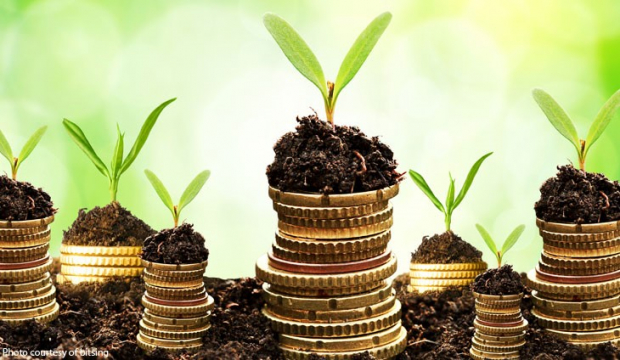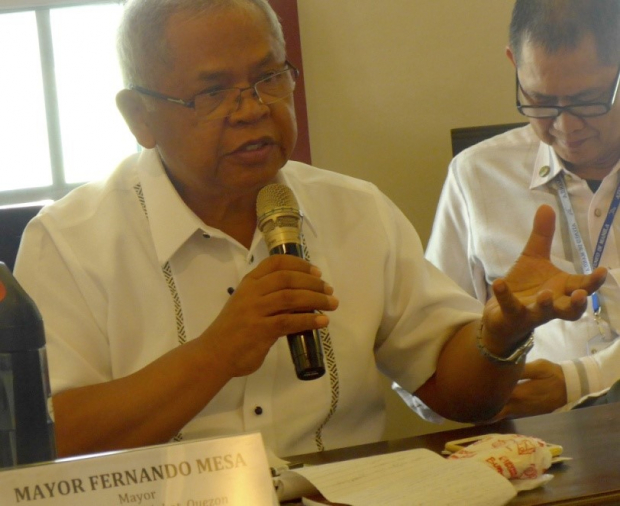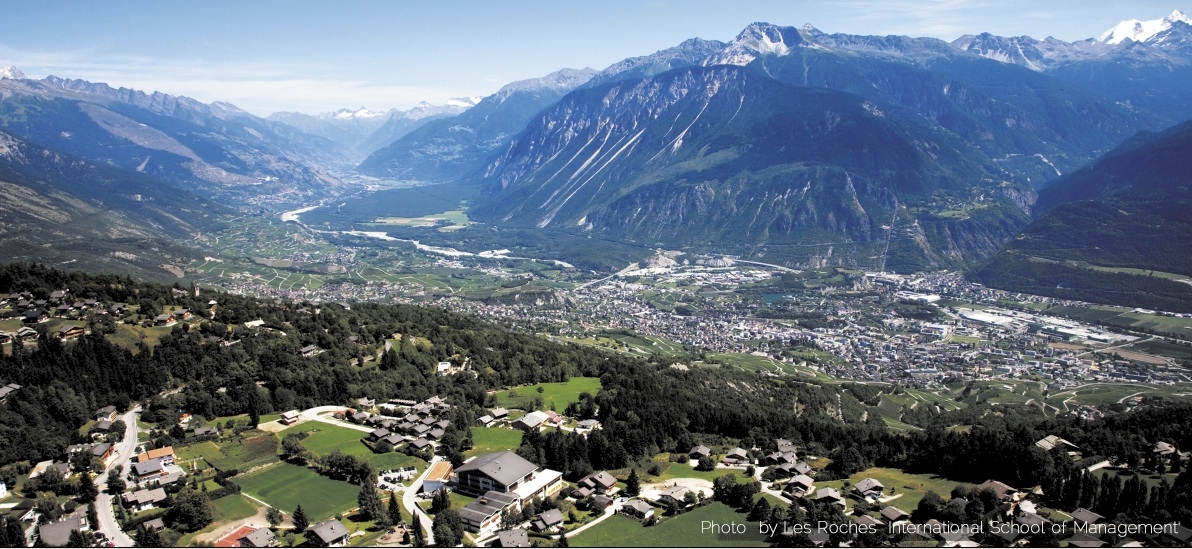Developing small island economies
by Carlos Arnaldo
We are more than 7,000 islands, but often we are unaware of the fragility of our islands, and their potential for economic development.
Despite the economic hardship of closing Boracay island to active and commercial tourism for several months, this ‘punishment’ has perhaps illustrated the fragility of islands— blocked sewage, in some cases no connection to sewage systems, polluted seas with floating garbage.
On an island, land is limited, therefore waste disposal must be scientifically planned and efficiently administered or the whole island becomes a contagion dump for cholera and diphtheria. Sea shores must be kept clean of garbage and wastes, or the polluted waters will kill the marine life-a key resource for tourism. Plants and trees need to be inspected against blight and diseases multiplied by insects, or all biological life on the island can fall prey to disease. Fresh water sources have to be kept clean and protected from contamination.
But together with these ecological imperatives, the economic viability of an island is also limited. And an island does not always react positively to new plant and vegetable species. Some islands have only bamboo, some are abundant in coconut, others surrounded by mangrove. But how make a living from these resources?
At Enderun’s inter-active forum on Social Enterprise, July 30, Mayor Fernando Mesa of Alabat island, Quezon, reported on his cooperation with the resident farmers to diversify coconut production. If a farmer sells only coconuts, he can earn Php 1,000 a month from a hectare of coconut trees. If he processes the coconut juice, the tuba, into coconut sugar, ten farmers can each earn Php 10,000 from the same one hectare of coconut trees! Farmers can earn even more with coco syrup. Mayor Mesa’s coconut sugar project is now processing 5 tons of coconut sugar per month.
Reporting in the Inquirer, economist Ruben Habito wrote, “Readers took interest in how agribusiness, diversified farm activities and good linkage to value chains appear to have made the difference for Alabat, and brought its poverty level down, quite unusual for an island-town.” Habito added that Alabat’s hot chill peppers are being marketed to Mang Inasal and ChowKing. And today Alabat supplies its kalamansi to Jollibee.
Alabat is also pioneering eco-tourism and features comfortable overnight lodges and local eateries. 5,000 visited Alabat so far this year. The island also processes its own waste and sewage disposal. There is no contamination of the surrounding sea waters.
But the future of an island depends of the ambitions of its youth. Mayor Mesa explains, “Many of the young students today do not see themselves as coconut farmers. That is why I am trying to convince them to consider coconut agri-industries, like coco sugar, coco lumber, macapuno and other by-products. . . . We need training and education to fully achieve this, Plus the pro-active inspiration of role models to persuade the younger generation.”








